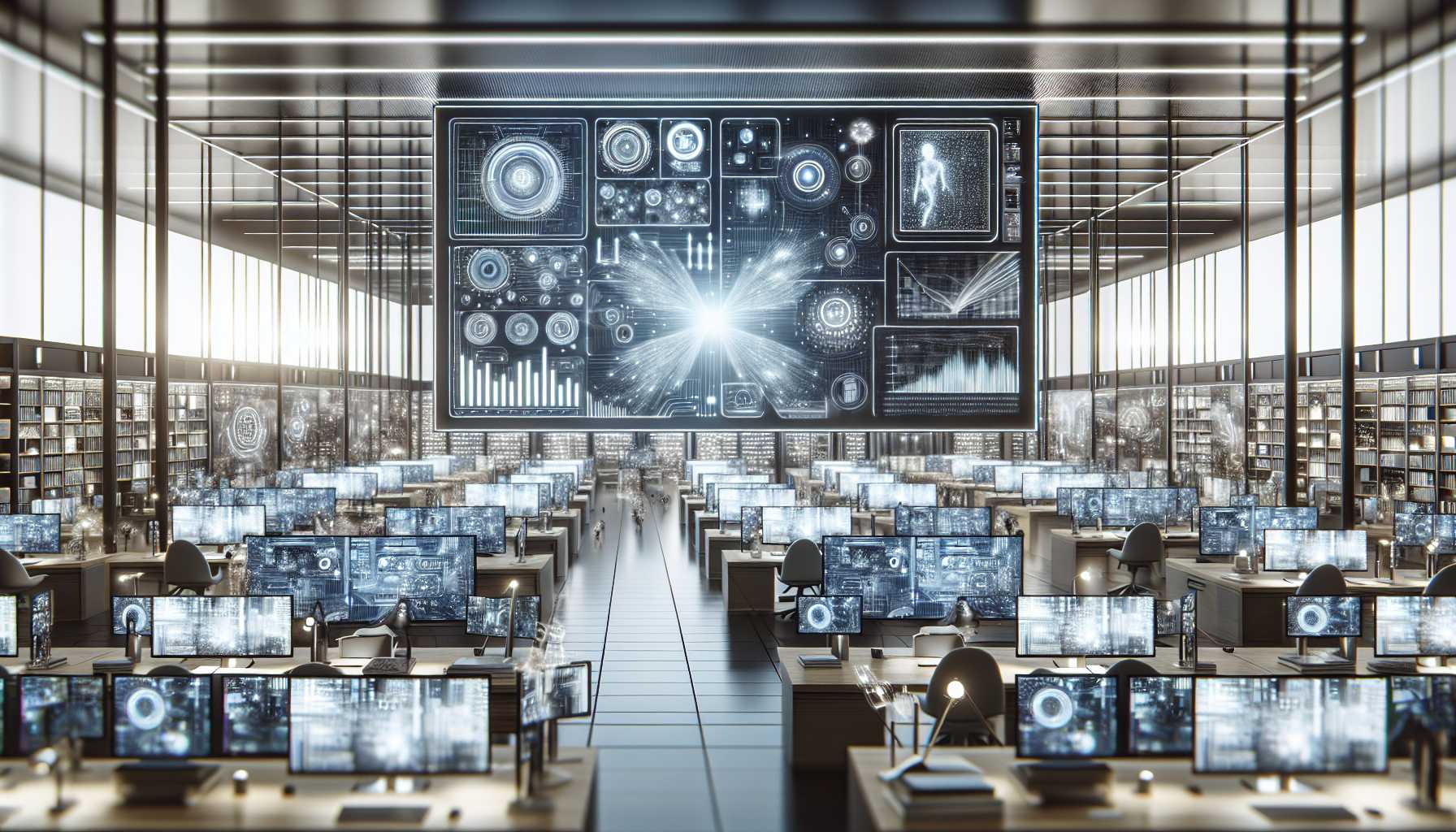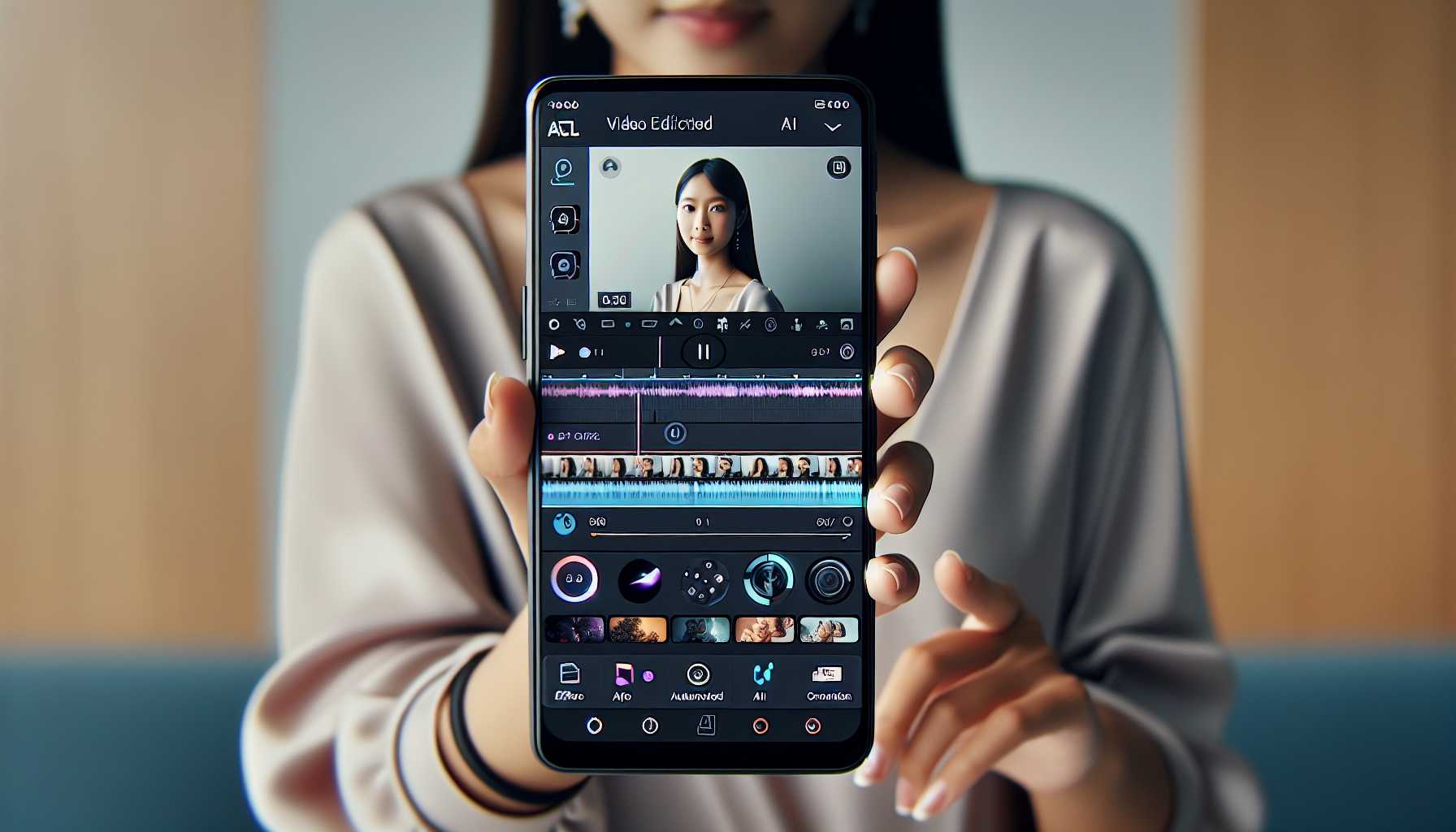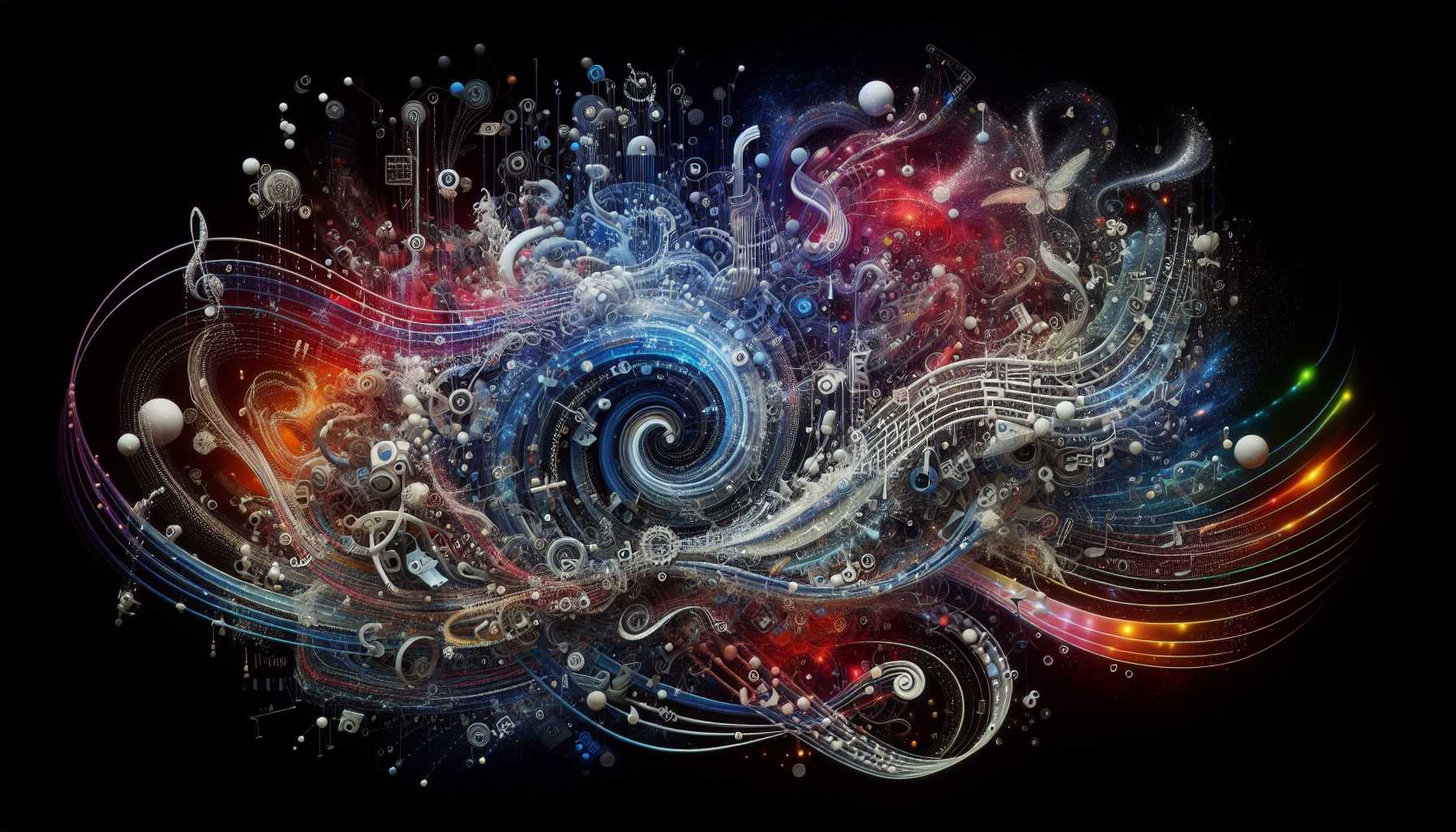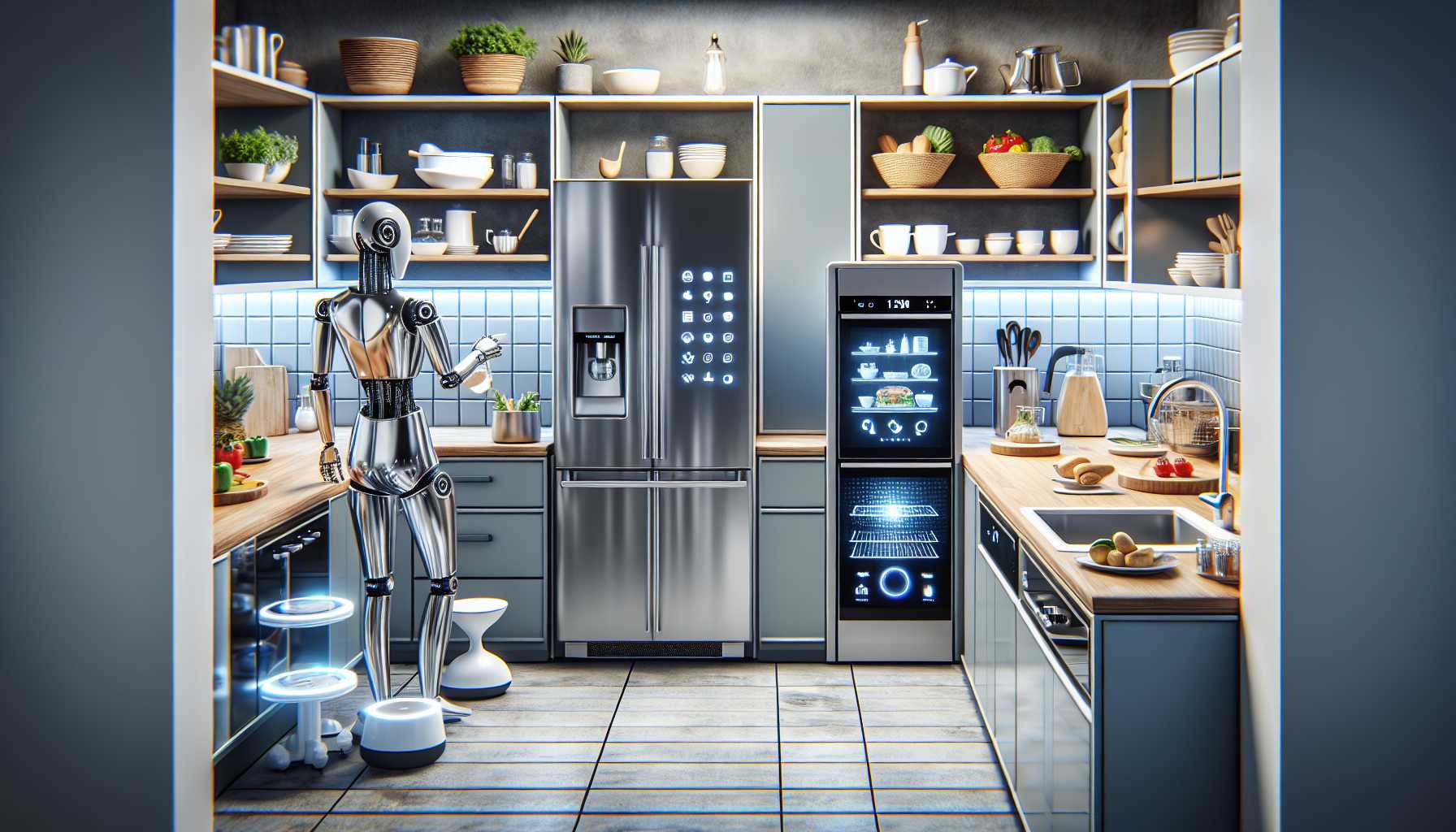The EU-US AI Symphony: A Harmonious Partnership for the Future
The tech world is abuzz with the symphony of transatlantic collaboration, as the European Union and the United States have struck a melodious chord, agreeing to join forces to shape the future of artificial intelligence (AI). As someone immersed in the tech industry, I find this development as thrilling as it is pivotal.
The EU-US Trade and Technology Council (TTC) is set to harmonize the strategies of two tech powerhouses in response to the ever-growing AI landscape—a landscape where US giants like OpenAI have been calling the tune. The TTC, formed in a post-Trump era, is a testament to the importance of dialogue and cooperation in trade and tech policy. And with elections looming, Friday’s gathering – the sixth of its kind – couldn’t come at a more crucial time.
This harmonious partnership is poised to intensify the global AI rhythm, focusing on AI safety and oversight. The establishment of an “AI Office” and the “US AI Safety Institute” are reminiscent of an orchestra coming together, each section poised to play their part to bolster the implementation of regulatory powers on AI. I see the standardization discussions not merely as a technical exercise but as a prelude to an AI roadmap that can create a consistent rhythm for AI developments everywhere.
The crescendo of this partnership is the ‘AI for public good’ initiative, a lustrous opportunity to conduct the AI orchestra in a way that brings quantifiable benefits to healthcare, agriculture, and energy sectors in developing regions. Let’s not overlook the profound tune this accord plays in areas beyond AI. The electronic identity standardization work could open a portal to new business opportunities through digital identity wallets, while commonalities in addressing platform power reveal a win-win symphony between EU laws and US antitrust cases.
The EU-US collaboration also hints at a broader theme—AI stands for aligned interests. The TTC serves as a conductor, orchestrating policies that prove that two regions oceans apart share the same goals, and through the AI Act and Executive Order, are committed to addressing AI risks while fostering economic growth. This beautiful harmony is also echoed in the US-UK AI memorandum, which further cements the notion that instrumental partnerships amplify the benefits of AI.
This transatlantic accord is music to my ears—it symbolizes hope, progress, and a future where technology champions the common good. It’s time to ensure that AI’s song remains harmonious, and this collaboration might just be the perfect composition to achieve that.
Democratizing Creativity: Higgsfield AI’s Mission to Make Video Magic Accessible
The magic of video creation, a realm dominated by Hollywood directors and big-budget studios, is on the cusp of democratization. Enter Higgsfield AI, the AI-powered platform tuning into the creative frequencies of a wider audience.
The brainchild of Alex Mashrabov, Higgsfield AI’s ‘Diffuse’ app empowers creators—from folks crafting content with friends, to social media marketers seeking to leave a mark with their brand. Higgsfield AI, bourgeoned from Mashrabov’s vision at AI Factory and his subsequent role at Snap, epitomizes the innovative spirit driving the tech industry.
With ‘Diffuse,’ users can generate videos from scratch or insert themselves into AI-crafted clips, dancing virtually alongside other original footage. This is a groundbreaking composition that goes beyond the script, allowing layman creators to wield the director’s baton, dispelling the notion that movie-making wizardry is reserved for the few.
Contrasting with OpenAI’s Sora, which has been kept under lock and key, Higgsfield AI’s mobile-first, social-forward strategy is a refreshing refrain, allowing anyone with a smartphone to create compelling content anytime, anywhere. Herein lies a revolutionary tune—transforming AI video generation from a backstage luxury to a mainstream instrument.
Yet, as we revel in this creative symphony, Higgsfield faces the challenges intrinsic to generative AI startups—the echo of training data controversies and the fear of abuse via digital cloning and deepfakes. Higgsfield’s ascent onto the stage will not be without its trial by fire, as it seeks to harmonize innovation with ethical moderation.
The future of generative video startups is a complex melody, one that requires careful composition to ensure the resulting symphony enriches rather than muddles the industry’s tune.
AI’s New Symphony: Microsoft’s “iPhone Moment”
Microsoft’s “iPhone moment” strikes a familiar chord in the symphony of technological breakthroughs. The term, synonymous with transformative tech moments, now resonates with the melody of AI as Microsoft integrates OpenAI’s gems across its ecosystem.
The introduction of CoPilot, a maestro in Microsoft’s AI orchestra, is already proving to be a concerto of success, harmonizing beautifully within existing platforms like GitHub, ServiceNow, and Salesforce. Azure’s rejuvenation with ChatGPT is not merely an instrumental solo—rather, it’s redefining cloud computing with the rhythms of generative AI.
Dan Ives of Wedbush Securities aptly heralds this as Microsoft’s most significant moment since the venerable Windows operating system. And so, it seems, Microsoft has composed a masterpiece by seamlessly embedding its tech into the fabric of everyday enterprise. From coding repertoires to productivity ensembles, Microsoft is grasping the baton and leading the generative AI philharmonic.
The crescendo isn’t without its complexities; the reality is that Microsoft’s AI overture is being played out on an industry-wide stage, with Amazon and Alphabet eyeing similar orchestrations. Yet, this doesn’t dull the brilliance of Microsoft’s performance, and if I may weigh in as a tech investor, their “iPhone moment” seems less an overture and more a magnum opus that could leave audiences enraptured for years to come.
Generative AI: The New Maestro in the Tech Concerto
Generative AI is stepping onto the stage as the new maestro in the tech concerto. Its technological prowess is not just shifting the dynamics within enterprises but rewriting the very score of innovation across the industry.
The unveiling of AWS’s Mistral models on Amazon Bedrock adds yet another virtuoso to the ensemble. This integration offers developers the full spectrum of AI creativity, paired with enterprise-grade tooling and safety, all within the sanctuary of AWS’s cloud. Meanwhile, over at Cloudflare, the integration with Hugging Face ushers in a new era where AI models perform with grandeur, seamlessly delivering user experiences as if they were compositions played out in a grand tech symphony.
This era of generative AI is less a solo performance and more a chorus of collaborative and competing platforms, each vying to compose the most inspiring AI overtures. Players like Google and Amazon are not bystanders; their own AI performances are poised to resound in the grand auditorium of global tech. And Microsoft, with its recent expansion of Copilot for Microsoft 365, is penning its own audacious symphony, pushing the boundaries of data privacy and compliance to accompany its melody of innovation.
In this magnificent concert hall of generative AI, where orchestras such as AWS, Cloudflare, and Microsoft perform, a grand composition is taking shape—a melodic revolution that promises to redefine the boundaries of creativity, efficiency, and enterprise reach.
AI and the Future of Home Conveniences
The household of the near future could sing a very different tune thanks to Samsung’s announcement of its new AI-driven domestic appliances. With AI at the heart of household convenience, the future home promises to be a haven where convenience meets automation in a symphony of smart technology.
Imagine a refrigerator that not only preserves your food but orchestrates your meal planning, or an induction line that doesn’t simply cook but simulates culinary performances on a high-tech stage. Samsung’s vision harmonizes the practicality of household management with the brilliance of AI, crafting a living space that caters to your needs with predictive accuracy and tailored responses.
This isn’t merely an addition to Samsung’s repertoire; it’s a grand magnum opus that brings a seamless and intuitive human-AI interaction into the intimacy of our homes. With AI extending its influence across our living spaces, we stand at the cusp of a domestic revolution where technology doesn’t overshadow the human touch but enhances and harmonizes with it.
As a tech investor, I view Samsung’s initiative not just as a product launch but as a transformative movement—a prelude to a home in harmony with our aspirations, where AI isn’t a soloist but a member of the ensemble, contributing to the grand performance of life.
The crescendo of AI’s influence in our homes, workplaces, and everyday apparatus is a testament to the transformative power of technology in harmony with human creativity. Whether as creators, users, or spectators, we’re all part of this grand composition—the symphony of the AI revolution persists





